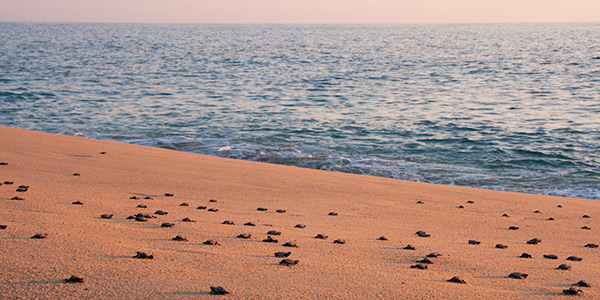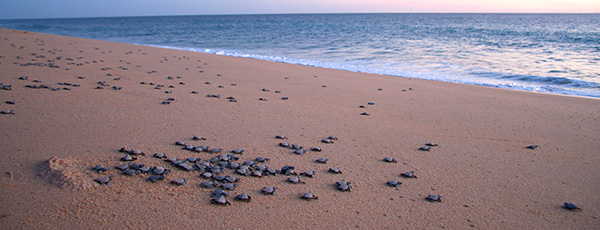
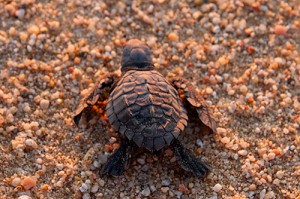
Sometimes it’s hard to believe how much cuteness can fit in the palm of your hand. Or how much fun you can have digging in the sand – especially when you’re helping to rescue and release baby sea turtles. This season, we’ve been organizing regular excursions for guests to get elbow deep in the sand, helping local researchers and preservationists to clean sea turtle nests – and giving the baby turtles a helping hand on their journey to their new home in the ocean. It’s an inspiring way to see the natural cycle up close, to learn about the turtles and their habitat, and to assist those who are making a real difference in sea turtle survival rates.
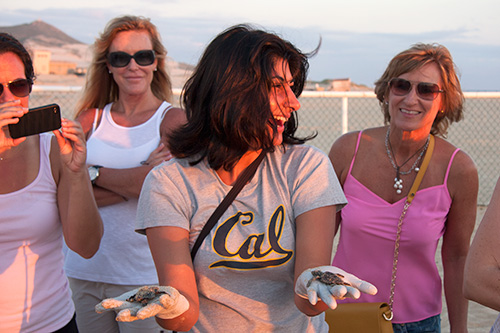
Local non-profit preservation group Asupmatoma works tirelessly to patrol Pacific beaches, relocate sea turtle nests to safe areas to ensure the highest yield among the eggs, assist the baby turtles as they hatch, and educate the public about these special creatures and the threats to their habitat. There are three primary turtle species that nest on the beaches near Prana del Mar – Olive Ridley, Leatherback, and Green turtles – with the Olive Ridleys (know as golfinas in Spanish) being the vast majority. All of these varieties are currently endangered, though conservation efforts have been fruitful in helping the populations to recuperate. By involving locals and visitors of all ages, Asupmatoma is raising awareness both in the local Los Cabos area and abroad – and creating special memories for people that will last a lifetime.
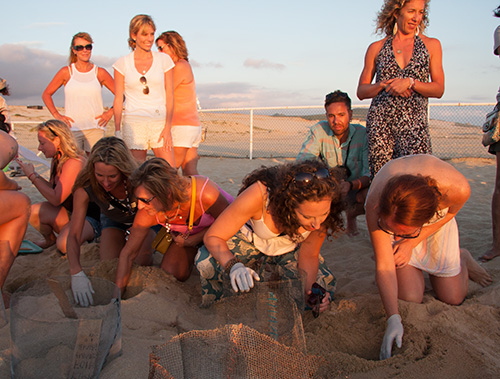
Each evening during nesting season, the biologists and volunteers from Asupmatoma scour the beach for the telltale signs of new turtle nests. They then carefully extract the eggs from their original locations and move them to a protected corral on the beach where they rebury them in the sand – taking care to create optimal conditions for maximum yield – to ensure their safety during the 45-day incubation period. It’s important to accurately replicate the conditions of a natural nest and to place them at a spot on the beach where the ambient temperature under the sand is in the low-80s (about 27° C). If the temperature is too high, then the majority of the hatchlings will be female; if the temp is too low, then the majority will be male. In the wild, anywhere from 10% to 50% of the eggs will hatch, depending upon conditions. At our local hatchery, over 80% of the eggs hatch with viable baby sea turtles.
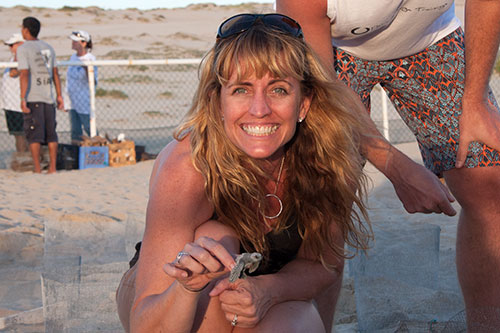
As volunteers, we are lucky enough to assist the biologists in cleaning the nests to make sure none of the young turtles is left behind, digging down deep in the sand until we have removed all of the hatchlings, the remnants of their eggshells, and any infertile eggs. In nature, some of the last turtles to hatch often get buried under the weight of the sand as it compacts around them after their siblings have dug themselves out of the nest. So visitors are doing real rescue work as they clean the nest to make sure all survivors get the chance to make it to the ocean. The baby turtles often emerge from the nest a little groggy at first, but once they feel the sun on their shells and hear the ocean, they get pretty animated and their little flippers start propelling them around the small holding pen. An accurate count is made for the scientific records, and then we’re off to the shoreline to let them scamper free toward the next phase of their journey.
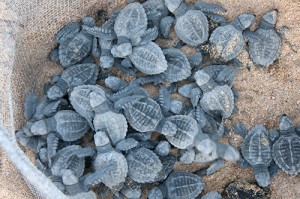
As the sun sinks low on the horizon, dipping into the Pacific, we spread the newly-hatched turtles along the sand about 30 feet from the water’s edge. Their instincts are strong and they immediately begin to scamper toward the water – several eager ones make a beeline directly for the surf and others who are still getting used to life outside the nest amble at a more moderate pace. It’s exciting to watch them paddle their flippers over the sand and inch their way towards the water, with the foam of each successive wave getting closer and closer to carrying them off into the Pacific. Though short, this journey across the beach is important. The turtles have subtle sensors on the undersides of their shells that imprints upon the texture of the beach. When the females become adults and are ready to create nests of their own, they will return to the same beach upon which they hatched some 15-20 years earlier – and will continued to come back each year to nest. Those 10 minutes of scuttling across the beach of their birth will stay with them for a lifetime – potentially 100 years or more – just as it has for the generations that preceded them.
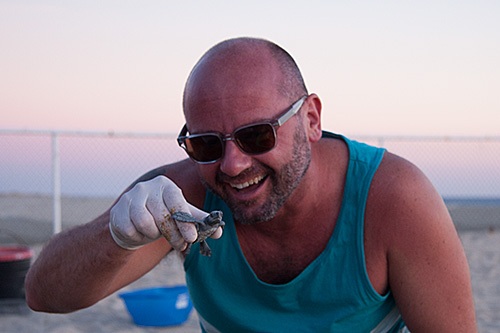
It feels satisfying and humbling to witness such an important part of this cycle of regeneration and to realize that the same turtles released here throughout this season will continue to return for decades. One day, in fact, our great-grandchildren could visit this same coastline and witness the hatching of one of their future nests. With any luck – combined with the hard work and dedication of the biologists and volunteers of organizations like Asupmatoma – perhaps by then, they will no longer need a helping hand from us.
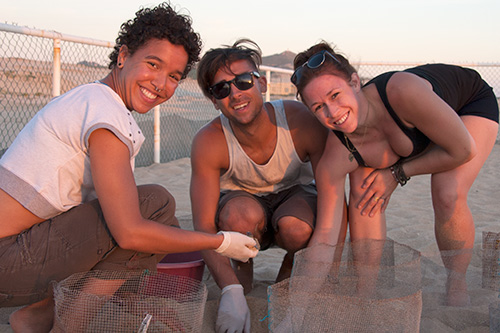
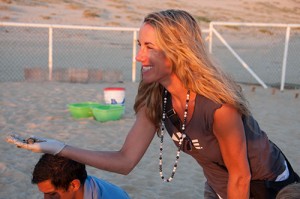
![]()
